Entomologists have discovered a remarkable new genus and species of longhorn beetle living in the subtropical rainforests of southeastern Queensland, Australia.
Longhorn beetles (Cerambycidae) are one of the most diverse animal families on the planet with over 36,000 recognized living species and 5,100 genera.
The Australian fauna contains approximately 1,400 recognized species distributed amongst more than 300 genera, as well as many that are as-yet undescribed.
The Australasian biogeographic realm displays the highest rate of endemism amongst global longhorn beetles with 97.3% of known species being endemic.
The newly-discovered species belongs to a large subfamily of longhorn beetles called Lamiinae.
Named Excastra albopilosa, it is known only from a single specimen collected from the grounds of Binna Burra Lodge, an ecotourism lodge surrounded by Lamington National Park which itself is part of the Gondwana Rainforests of Australia World Heritage Area.
The specimen was found by University of Queensland Ph.D. candidate James Tweed, who nearly mistook the beetle for bird droppings.
“I was walking through the campsite at Binna Burra Lodge one morning and something on a Lomandra leaf caught my eye,” Tweed said.
“To my amazement, I saw the most extraordinary and fluffiest longhorn beetle I had ever seen.”
“Measuring only 9.7 mm, it was a striking red and black beauty covered in long white hairs.”
“We don’t yet know what these hairs are for, but our primary theory is that they make the insect look like it’s been killed by an insect-killing fungus.”
“This would possibly deter predators such as birds from eating it, but until someone can find more specimens and study this species further, we won’t be able to say for sure why this beetle is so hairy.”
“The area near Lamington National Park has been popular with entomologists for more than 100 years so it’s puzzling that it hasn’t been found until now,” he said.
“I’ve been back several times to look for more of them but haven’t had any luck.”
“Chance discoveries like these highlight how many unknown species could be out there and how many of those could be under threat from extinction.”
“We’re experiencing rapid declines in biodiversity globally, and it’s difficult to conserve species if we don’t even know they exist.”
“Insects are the most diverse group of animals on the planet but are also the most underappreciated and understudied.”
“Best estimates suggest there may be 5.5 million insect species worldwide and only one-fifth of these have been named and described.”
A paper about the discovery was published in the Australian Journal of Taxonomy.
Citations:
James M.H. Tweed et al. 2024. Excastra albopilosa, a remarkable new genus and species of Lamiinae (Insecta: Coleoptera: Cerambycidae) from southeastern Queensland, Australia. Australian Journal of Taxonomy 54: 1-8; doi: 10.54102/ajt.iv1x5
This article by Natali Anderson was first published by Sci News on 21 March 2024. Lead Image: Excastra albopilosa. Image credit: James Tweed.
What you can do
Help to save wildlife by donating as little as $1 – It only takes a minute.

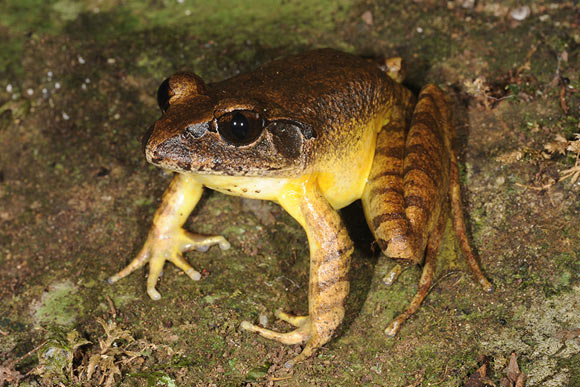

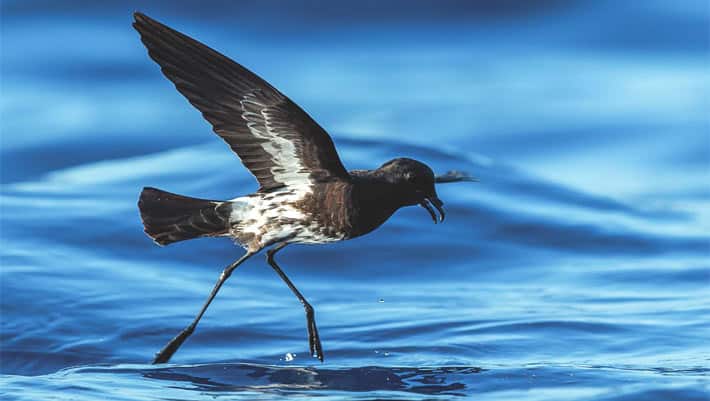
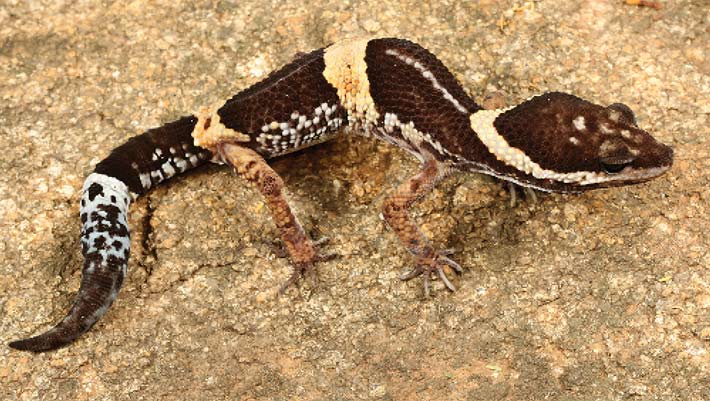
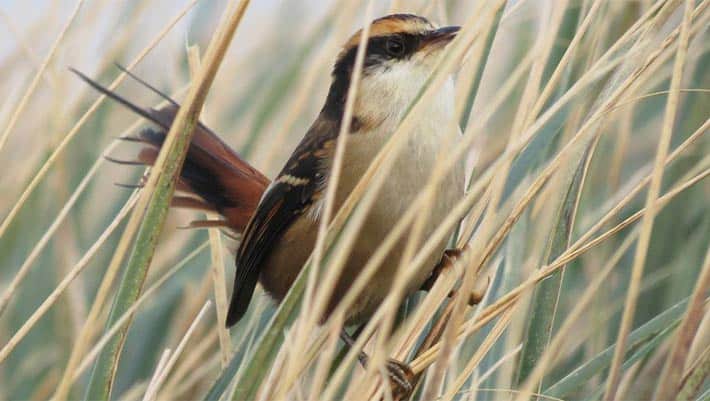
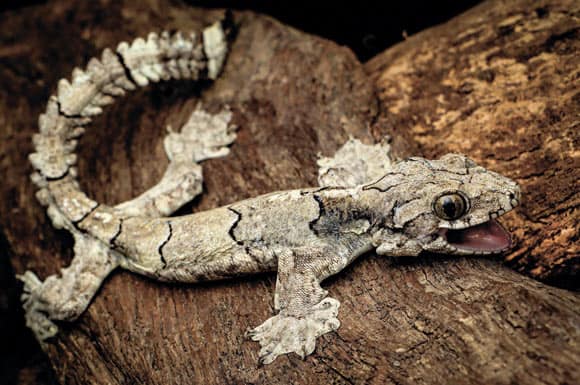
Leave a Reply